A Look at Masterful Character Description Part 4
We’ve been looking at masterful character description over these last weeks, and I hope you notice one thing in particular: character description is more about revealing aspects of the POV character “doing” the describing than it is about those being described.
This truth also applies to describing setting or animals or furniture . . . In other words, the purpose of writing description is to clue the reader in on your POV character’s personality, voice, choice of vocabulary, attitude, education, and all he is. That’s what deep POV is all about.
The other crucial aspect of character description is genre. You have to know your genre! Seriously. Too many first novels I critique have inappropriate writing style for the genre. I’ll see a “YA contemporary” that reads like a stuffy doctoral thesis. Or a fantasy novel that is as visually sterile as the dark side of the moon. If you are going to spend months of your life writing novels and hope to sell them, you have to do your homework. You have to make sure your writing, which includes all the description, fits your genre.
How can you figure that out? Do you really need to ask? Study best sellers similar to your book. If you aren’t sure what the description should be like, get out the yellow highlighter, mark up all the description, then study it!
If you feel lacking in understand POV and voice and how those two fiction elements must uniquely and faithfully represent your POV  character, pick up my book 5 Editors Tackle the 12 Fatal Flaws of Fiction Writing. Too many aspiring novelists just don’t get how a character’s voice infuses everything in a scene, including the narrative. The 12 Key Pillars of Novel Construction, as well, has a chapter called Voice: Unique for Each Character. Voice is one of the important pillars of your story, so take time to get a solid understanding of how it works in fiction.
character, pick up my book 5 Editors Tackle the 12 Fatal Flaws of Fiction Writing. Too many aspiring novelists just don’t get how a character’s voice infuses everything in a scene, including the narrative. The 12 Key Pillars of Novel Construction, as well, has a chapter called Voice: Unique for Each Character. Voice is one of the important pillars of your story, so take time to get a solid understanding of how it works in fiction.
Today, I want to start looking at my favorite author’s work. Patricia A. McKillip has won numerous awards for her fantasy, but I feel she should get the award for the best fairy tale author in history. She is the high bar I strive to reach (and I fail miserably).
I have been enthralled with McKillip’s novels for decades, and she is a master of masters when it comes to wordsmithing. She does amazing things with words to evoke sensory details that blow my socks off. In next week’s post, I’ll be sharing simple words and phrases that she uses, just to give you an idea of the broad palette she works with.
If you do not love words, why do you write?
I sometimes think we get so wrapped up in trying to write a scene or a book, we don’t take the time to taste, chew, and ponder every single word we choose to use. But . . . I’ll get more into that next week.
For now, take a look at some of McKillip’s passages of character description from just one of her novels: The Tower at Stony Wood.
Her face was seamed like a dried pool. Her eyes looked as though they had seen what existed before the world began, and taken their blackness from that. Her loose white hair swept down past her knees. She was surprisingly all and straight for a woman so old; her arms, under the rolled sleeves of the long gray tunic she wore looked muscular from wielding the harp. Even that seemed ancient, unadorned, and the color of bone, as if she made her music out of something that died.
And this:
He saw the Lady from Skye then, entering the room amid a chattering entourage. She was quite tall, as tall as Regis, who moved to meet her. The braided coils of her hair were as white as gold could be and still be gold. Her eyes seemed to reflect a midsummer sky, an endless, timeless blue filled with light. The long, graceful slope of her profile might be considered fishlike, Cyan saw, but it seemed only to adjust the boundaries of beauty, so that what had been called beauty until then became too small a realm without her.
And this:
He caught a glimpse of her eyes, small, deep, without pupils, like something dangerous staring out of a cleft of stone. He backed against the door, his heart pounding, knowing then that she had watched him in the night and every hour since then: the dark, unsmiling figure at her wedding. . . .
“You cannot fight me and win. You cannot tell Regis what you see. What would he say?” She held out her six-fingered hands; their shadows splayed across the wall on either side of him. “When you tell him this? Or this?” She lifted her gown to reveal her naked feet; they glittered silver, scaled like a fish or a snake. “Or this?” She looked at him again out of the ancient, inhuman eyes of creatures that crept close to earth and had no language. He felt the shadows of her hands grip his arms, and he closed his eyes, trembling, his face drained in the warm morning light.
“What are you?” he whispered.
She loomed over him suddenly, impossibly tall and angular, her face in shadow, the full moon rising out of her hair. Then she knelt, and he saw that what he had thought were the pale coils of her braids had been the aura of moonlight behind her. . . . Fire shimmered over her eyes as over water; he could not see their color or the thoughts in them. Her face, in the shifting light, seemed weathered smooth and dark as polished word. A long, slender hand rose from within her hair, shifting gleaming strands and opening as it moved toward him. A silver ring flashed as it slid loosely between the knuckles of her middle finger. Something rough and dank, like wet bark, touched his lips.
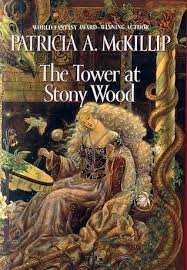 Suffice it to say, the type of description McKillip uses wouldn’t be appropriate in a suspense novel or contemporary romance. Her crafting of sentences creates a magical mood on every page of her books. Fantasy subgenres that are rich in detail (epic, fairy tale, etc.) rely on evocative sensory detail in character description.
Suffice it to say, the type of description McKillip uses wouldn’t be appropriate in a suspense novel or contemporary romance. Her crafting of sentences creates a magical mood on every page of her books. Fantasy subgenres that are rich in detail (epic, fairy tale, etc.) rely on evocative sensory detail in character description.
If you want to write masterful fantasy, you need to take the time to dive into the senses and experience the world you’ve created. The challenge is to paint that world with beautiful words in a way that will transport your readers there.
Even if you don’t write or read fantasy, there is a lot you can learn from a masterful writer like Patricia McKillip. Her character descriptions are wholly in POV, yet the writing style overlays and saturates the characters.
What are your impressions of her writing? What fantasy authors do you feel are masters at description? Do you want to share a passage in the comments?

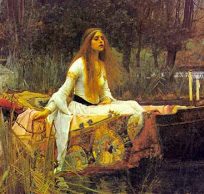
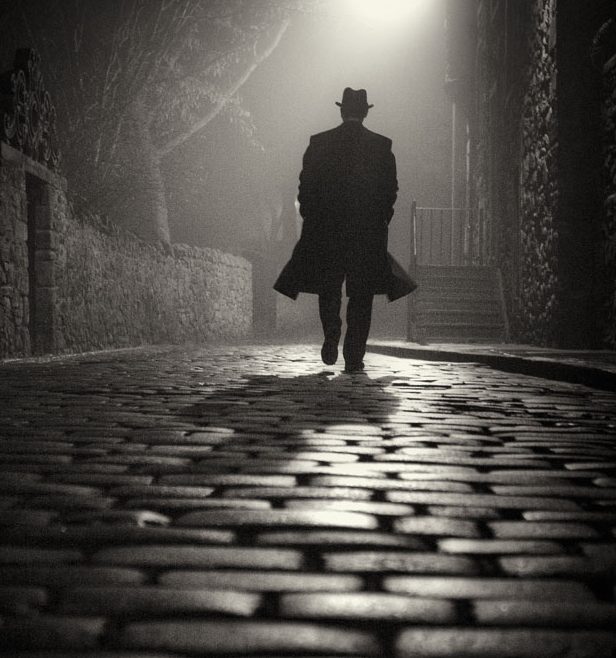
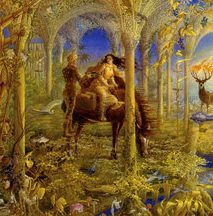

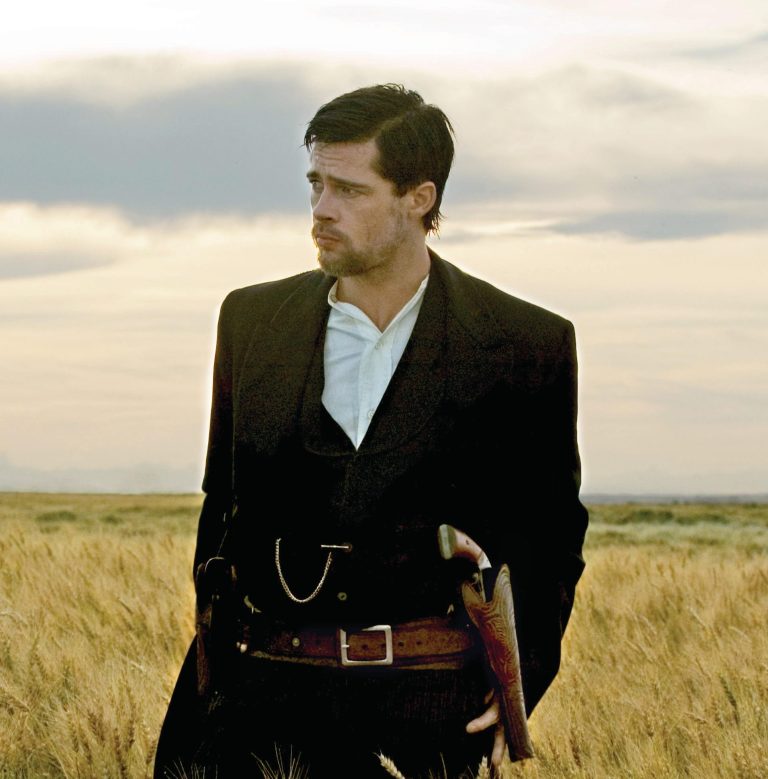






Susanne, I look forward to the mornings when I receive your, always worthy, insightful blog about good writing. Your archive of favorite authors, many of which I am unfamiliar, sends me to Amazon books.
Thanks for having ‘the backs’ of struggling authors!
Thank you so much! Glad to be helpful!
Wow! You’re right. McKillip IS a masterful story teller. And I agree that this sensual, evocative description is better in fantasy than suspense or mystery or romance. Thanks for this insight. I’ve shared the post online.
I hope you read some of her books. They are amazing!